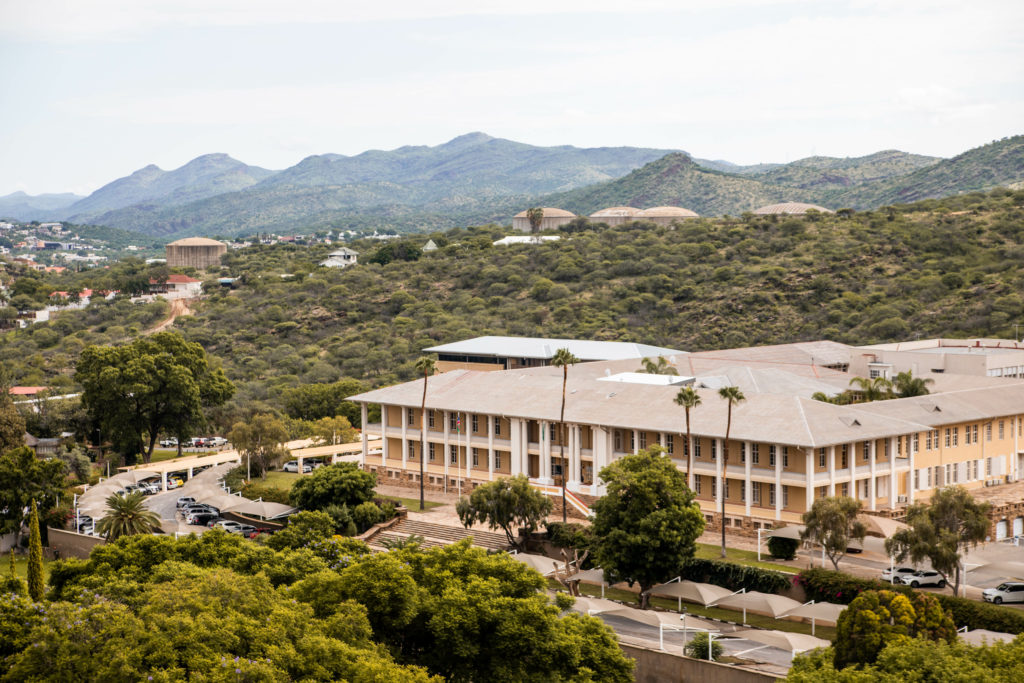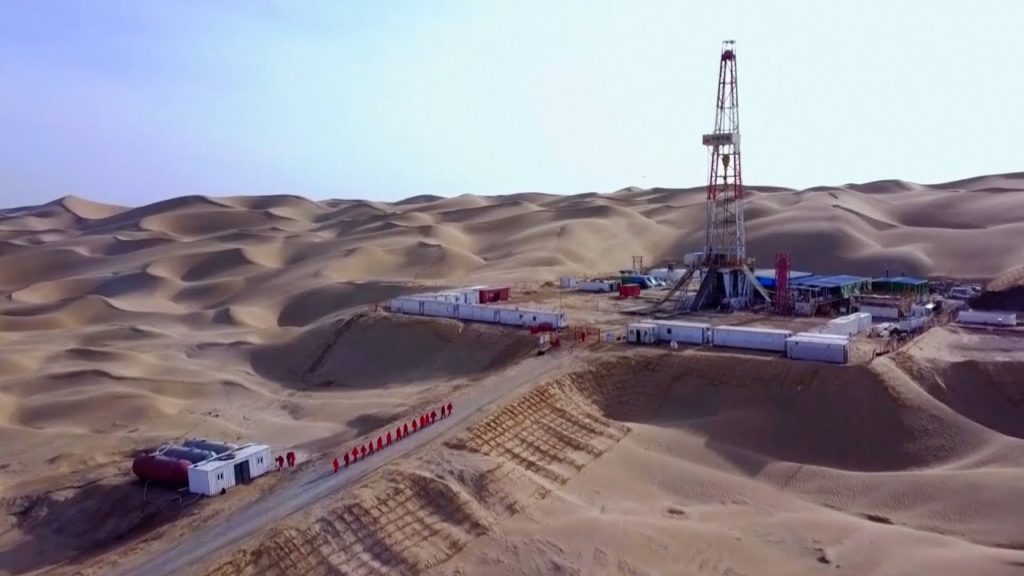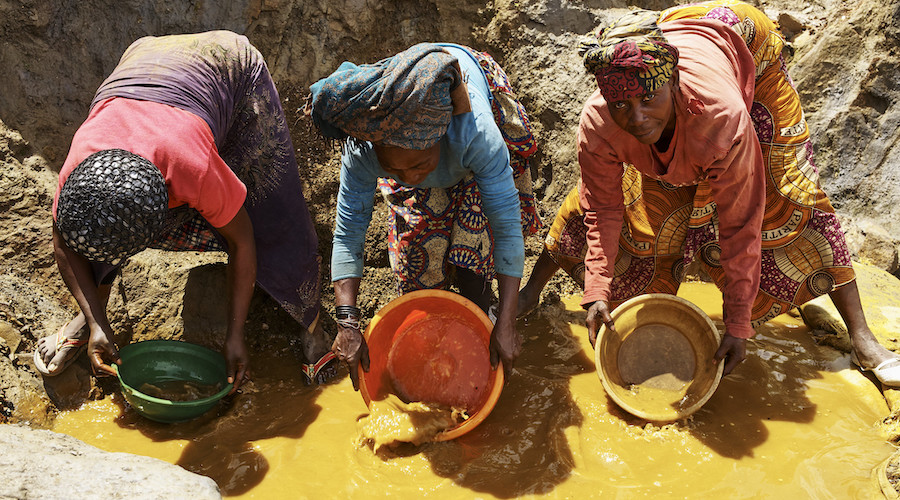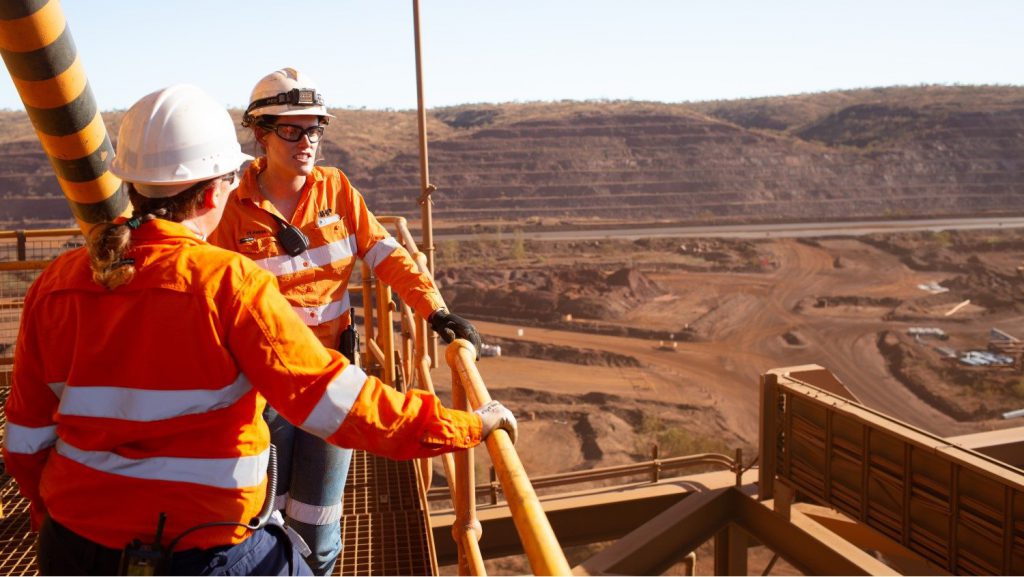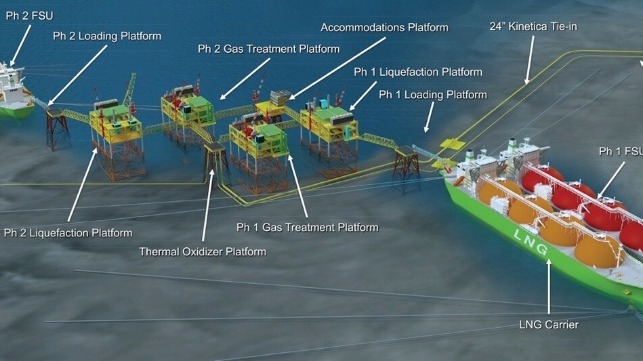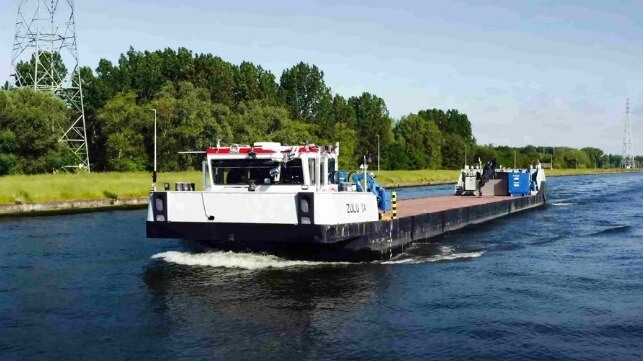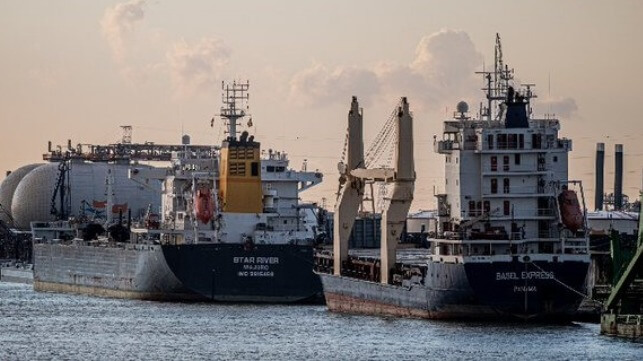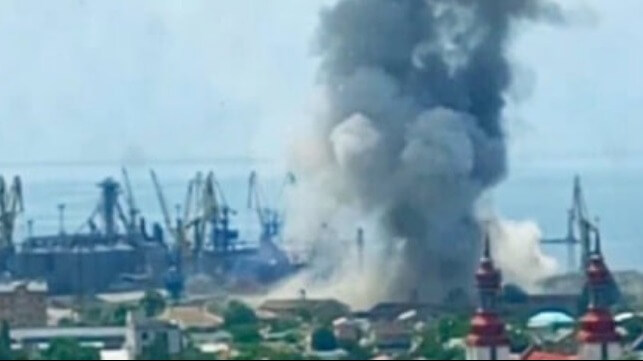Concreting of Akkuyu 1's inner containment dome completed
02 June 2023
The completion of concreting of the inner containment dome at Akkuyu 1 is seen as a key construction moment at Turkey's first nuclear power plant.
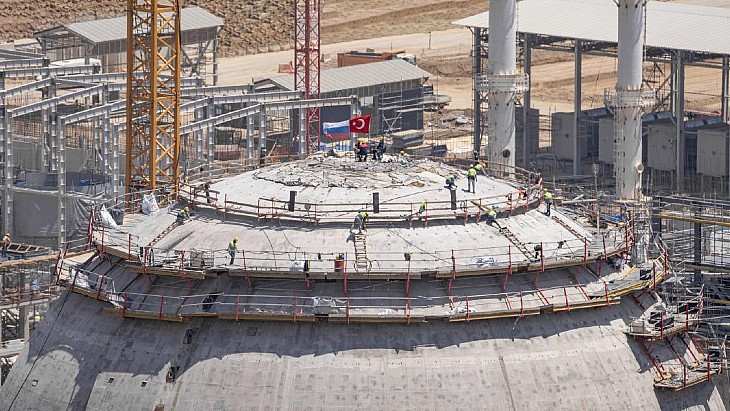 (Image: Akkuyu NPP)
(Image: Akkuyu NPP)In total, more than 3200 cubic metres was poured, with 422 tonnes of rebars installed and the completed walls are 1200mm thick.
Anastasia Zoteeva, CEO of the Akkuyu Nuclear project company, called it a key event in the construction process and said: "I would like to thank all the builders for their maximum dedication and high level of professionalism. The team's cohesive work allows us to build all four power units simultaneously. At unit 1, after the successful completion of the internal containment construction stage and the delivery of the first batch of nuclear fuel, we go to the finish line. External containment installation and other acceptance works are to be performed prior to the completion of the first power unit."
The project company said the concrete used has "a high liquidity, which allows it to self-compact and fully fill the structure space under its own weight, while maintaining high water-retaining capacity, liability, strength and homogeneity of its composition". It is also tested on a regular basis, including inspections at the factory and at the Akkuyu construction site.
The Akkuyu plant, in the southern Mersin province, is Turkey's first. Rosatom is building four VVER-1200 reactors, under a so-called BOO (build-own-operate) model. Construction of the first unit began in 2018.
In April, a ceremony was held to mark the arrival of nuclear fuel at the site. Rosatom said the aim was for physical start-up to take place next year. Turkey says that when all four units are operational, which it hopes will be in 2028, it will provide about 10% of the country's electricity needs.
Researched and written by World Nuclear News
.jpg?ext=.jpg) (Image: Westinghouse)
(Image: Westinghouse).jpg?ext=.jpg) South Texas Project (Image: NRG)
South Texas Project (Image: NRG).jpg?ext=.jpg) Favourability to nuclear energy, 1983-2023 (Image: Bisconti)
Favourability to nuclear energy, 1983-2023 (Image: Bisconti)
